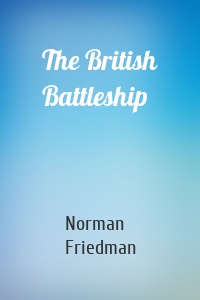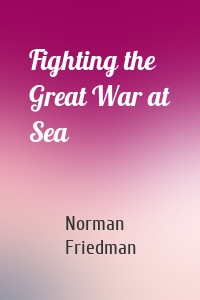Norman Friedman
4 кн.
British Cruisers of the Victorian E...
Gradually evolving from sailing frigates, the first modern cruiser is not easy to define, but this book starts with the earliest steam paddle warships, covers the evolution of screw-driven frigates, corvettes and sloops, and then the succeeding iron, composite and steel-hulled classes down to the last armoured cruisers.
| Автор | Norman Friedman |
The British Battleship
Norman Friedman brings a new perspective to an ever-popular subject in The British Battleship: 1906–1946. With a unique ability to frame technologies within the context of politics, economics, and strategy, he offers unique insight into the development of the Royal Navy capital ships. With plans of the important classes commissioned from John Roberts and A D Baker III and a color section featuring the original Admiralty draughts, this book offers something to even the most knowledgeable...
| Автор | Norman Friedman |
Naval Anti-Aircraft Guns and Gunner...
This book does for naval anti-aircraft defense what Friedman’s Naval Firepower did for surface gunnery – it makes a highly complex but historically crucial subject accessible to the layman. It traces the growing aerial threat from its inception in WWI and the response of each of the major navies down to the end of WWII, highlighting in particular the underestimated danger from dive-bombing. The work considers what effective AA fire-control required, and how well each...
| Автор | Norman Friedman |
Fighting the Great War at Sea
While the overriding image of the First World War is of the bloody stalemate on the Western Front, the overall shape of the war arose out of its maritime character. It was essentially a struggle about access to worldwide resources, most clearly seen in Germany’s desperate attempts to counter the American industrial threat, which ultimately drew the United States into the war. This radical new book concentrates on the way in which each side tried to use or deny the sea to the other, and...
| Автор | Norman Friedman |





